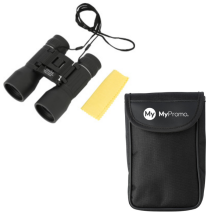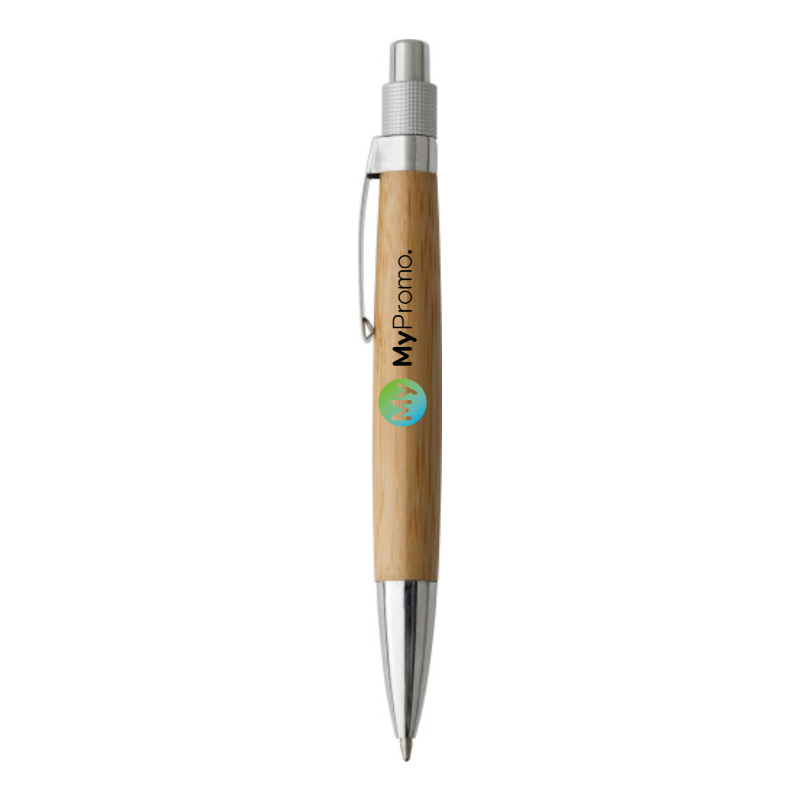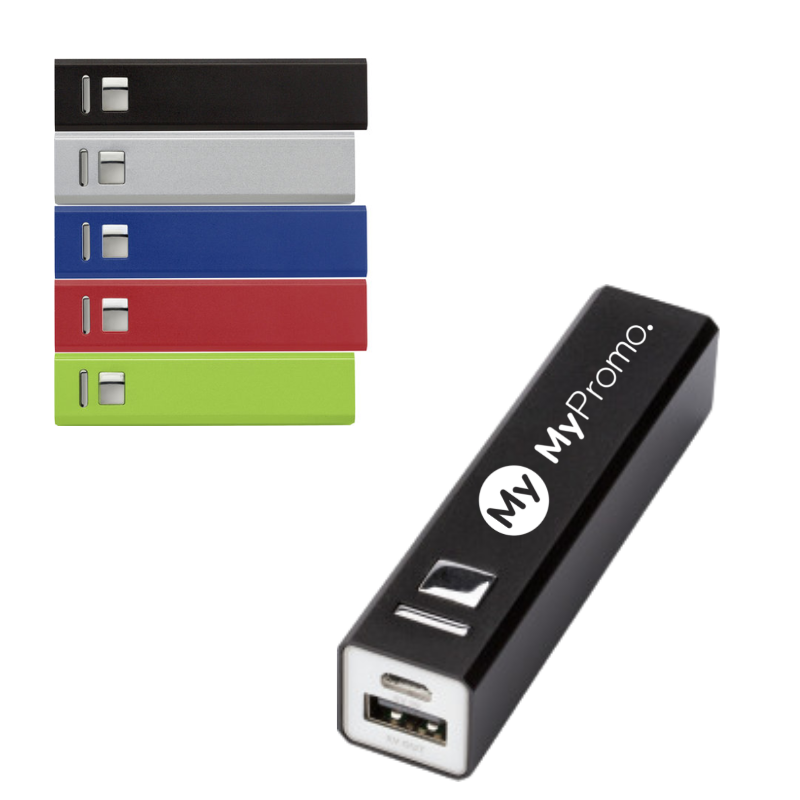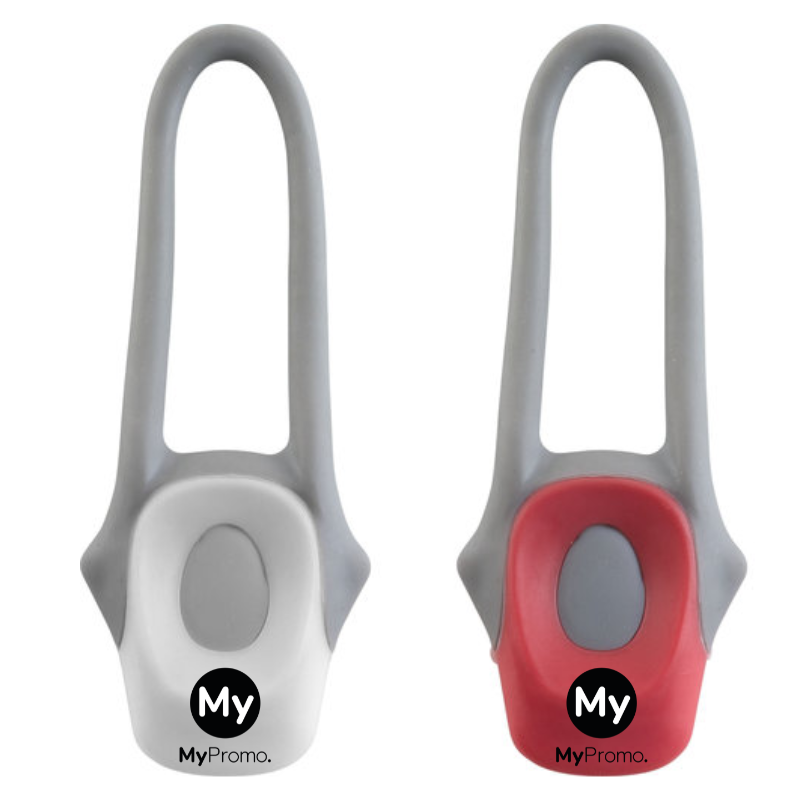Transfer
What is transfer?
Transfer printing is a printing method that involves transferring a design from a substrate like paper onto another material such as textiles, ceramics, or metals, using heat and pressure. This technique, rooted in the textile industry of 18th century Europe, has significantly evolved to accommodate modern needs in promotional gifts and apparel. Its application allows for high-quality, detailed prints that make promotional items stand out, catering especially to customized advertising solutions.
The Transfer Printing Process
The transfer printing process starts with the design being printed onto special transfer paper using digital or offset printing techniques. The paper, bearing the inked image, is then placed on the desired product. By applying heat and pressure through a heat press, the ink is transferred from the paper to the product, embedding the design within the fabric or material. Once cooled, the print is permanent, displaying vivid colors and sharp details.
Tools and Materials Essential for Transfer Printing
To successfully carry out transfer printing, several key tools and materials are necessary. The process demands high-quality transfer paper specifically tailored to the print job at hand. A reliable heat press machine is crucial, as it must uniformly distribute heat and pressure to ensure the transfer adheres properly. Specialized transfer inks that are compatible with both the transfer paper and the final substrate are essential for achieving vibrant and lasting prints. Additionally, cleaning solutions are needed to maintain the equipment, which helps ensure the longevity and consistent quality of the prints. Each of these components plays a vital role in the transfer printing process, contributing to the overall effectiveness and efficiency of the production.
Applications and Notable Uses
Transfer printing is immensely popular for producing promotional items such as personalized t-shirts, personalized mugs, personalized mouse pads, and personalized canvas bags. Its ability to easily and quickly customize makes it ideal for corporate events, marketing giveaways, and personalized gifts. Notable examples include promotional apparel for sports teams and branded merchandise for corporate events.
Advantages of Using Transfer Printing
Transfer printing is a versatile technique that brings numerous benefits to the printing industry. Its flexibility allows it to print on a variety of materials, making it suitable for a wide range of products. The technique ensures high-quality results, characterized by vibrant colors and clear details that stand out on any material. It supports efficient production, making it ideal for both small custom jobs and large batch orders, thereby accommodating diverse customer needs. Additionally, transfer printing offers reduced setup times compared to traditional methods such as screen printing, which streamlines the production process and enhances productivity.
Comparing Transfer Printing with Other Methods
Transfer printing differs from methods like direct-to-garment (DTG) or screen printing by allowing pre-printed designs to be applied, which can speed up the production process and reduce material waste. It generally provides greater detail than screen printing and is more suitable for complex or multi-colored images than DTG.
Challenges in Transfer Printing
Despite its benefits, transfer printing comes with several challenges. It requires a high initial investment in quality heat press machinery and materials, which can be a significant barrier for startups or smaller operations. The technique also has limitations on the types of materials that can effectively receive transfer prints, typically needing specific coatings to ensure the print's durability and quality. Furthermore, there are potential durability issues with prints on materials that are not specifically coated for transfer printing, which can affect the longevity and appearance of the final product.
Comparison of Printing Techniques
| Printing Technique | Material Compatibility | Color Durability | Cost-Effectiveness | Typical Use Cases |
|---|---|---|---|---|
| Transfer Printing | Polyester, coated ceramics, polymer-coated metals | High (integrated into substrate) | High for large volumes | Promotional items, custom apparel |
| Digital Printing | Most fabrics and papers | Moderate to high depending on ink type | Moderate, less setup cost | Small batches, detailed graphics |
| Heat Transfer | Most fabrics | Low to moderate (can crack or peel) | Low setup cost, higher per-unit cost | Short runs, full-color designs |
| Direct-to-Garment (DTG) | Primarily cotton and light-colored fabrics | High (directly printed onto fabric) | High for small volumes, lower per-unit cost | Custom T-shirts, detailed art |
What materials can be used for transfer printing?
Transfer printing works best on polyester, specially coated ceramics, and polymer-coated metals.
Is transfer printing suitable for high-volume orders?
Yes, it is cost-effective for large runs due to its ability to rapidly produce prints once the initial setup is complete.
Can transfer printing be used for full-color images?
Absolutely, transfer printing is excellent for full-color images, offering vibrant color reproduction and high detail.
What are the main limitations of transfer printing?
It primarily includes the need for specific types of inks and papers, and it may not work well on uncoated natural fibers.
How does transfer printing impact the environment?
The impact varies by the type of ink used; water-based inks are generally considered more environmentally friendly than solvent-based options.






